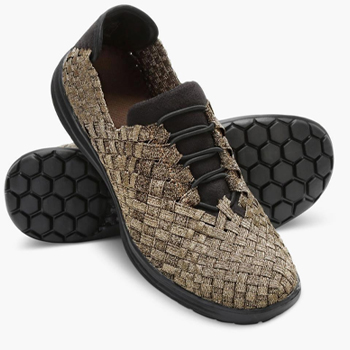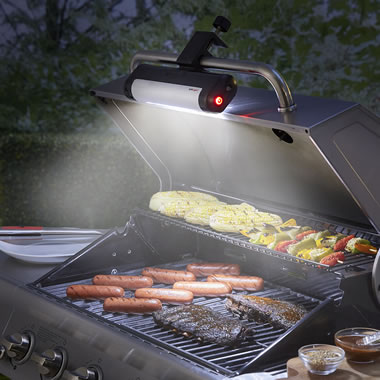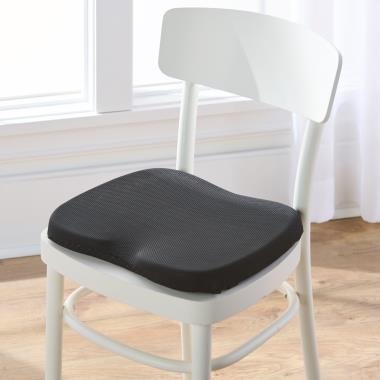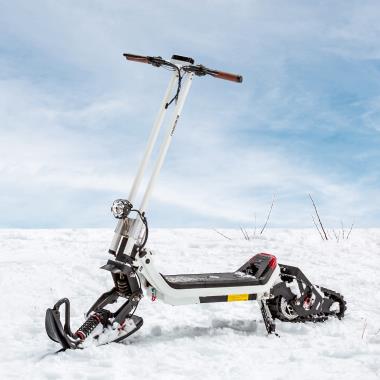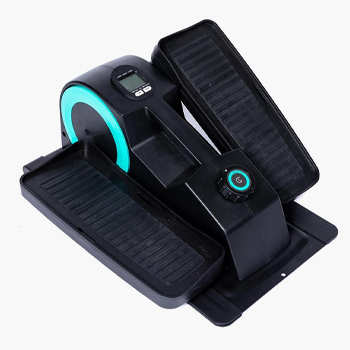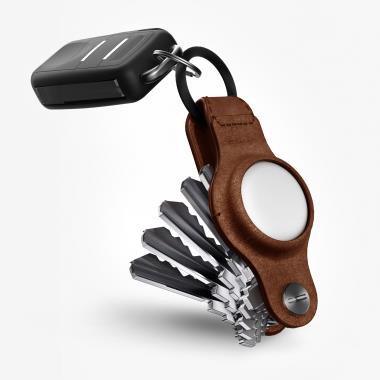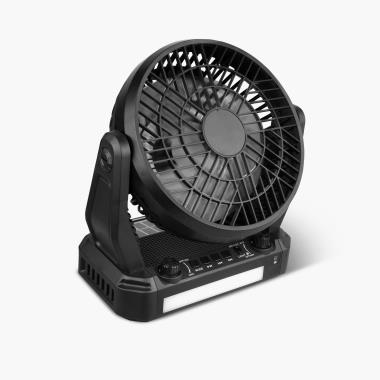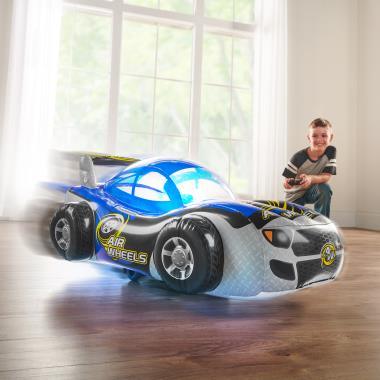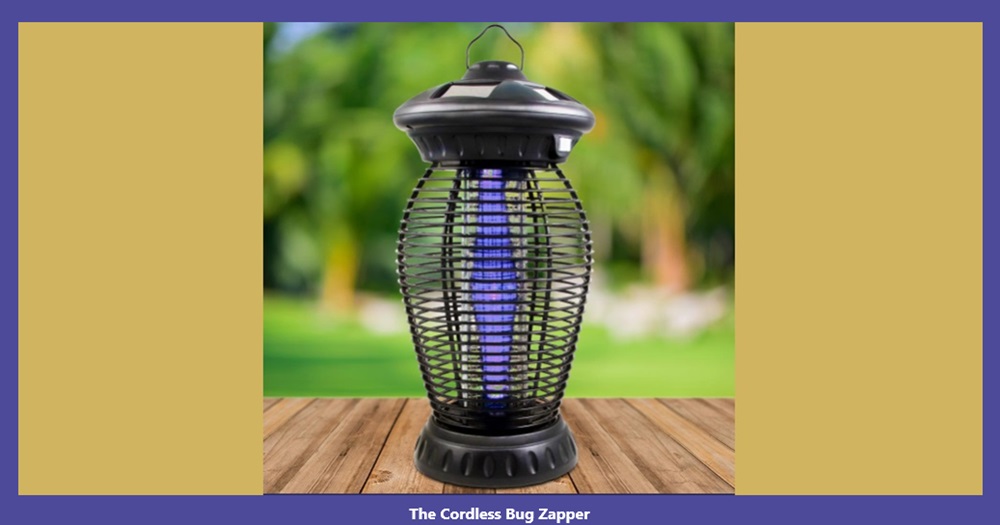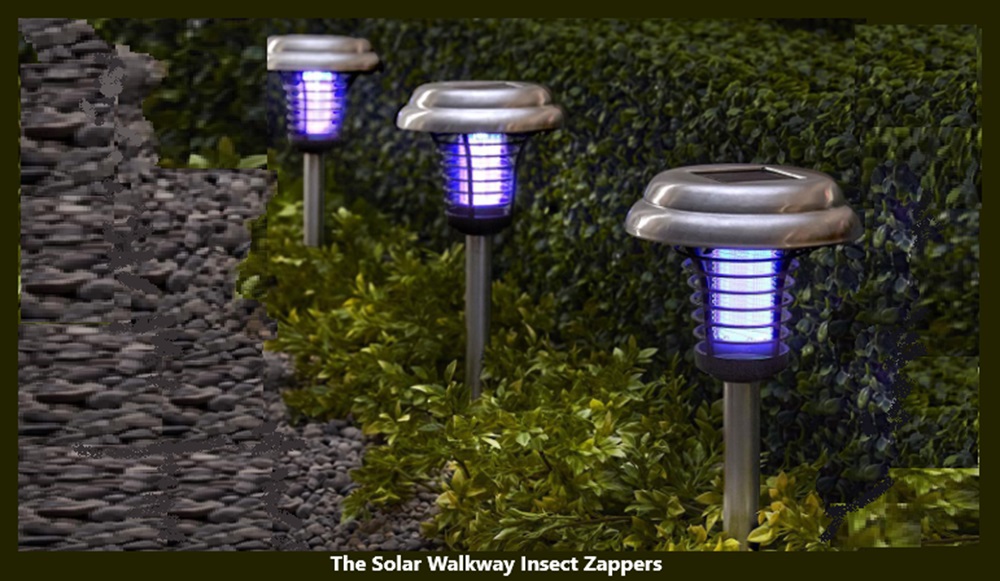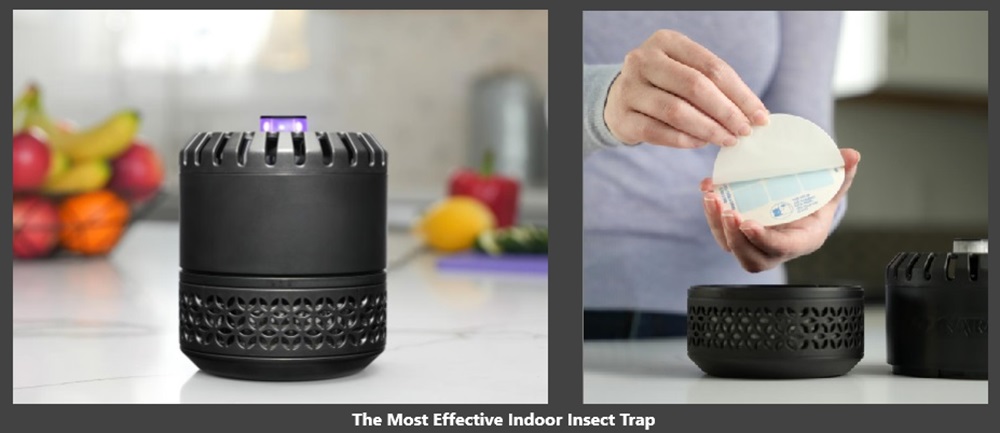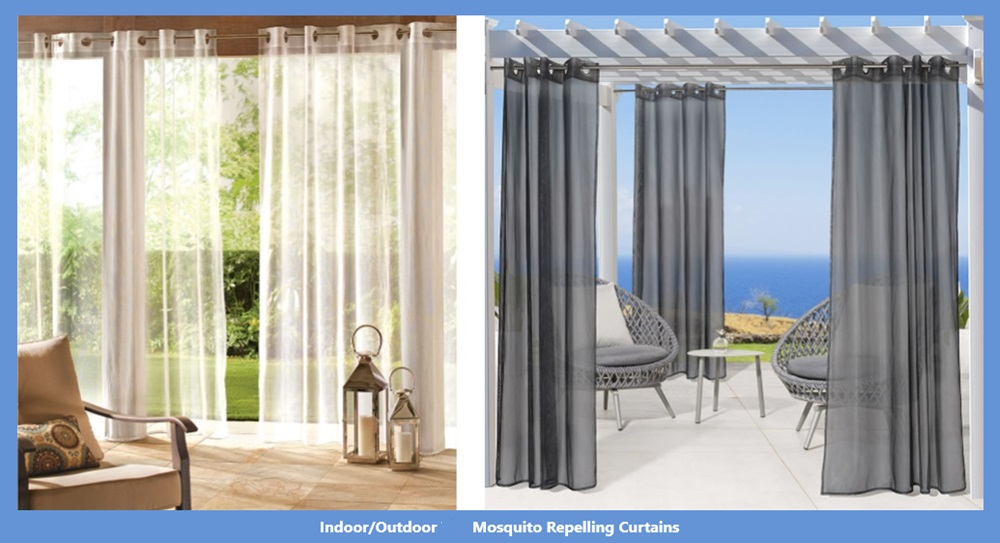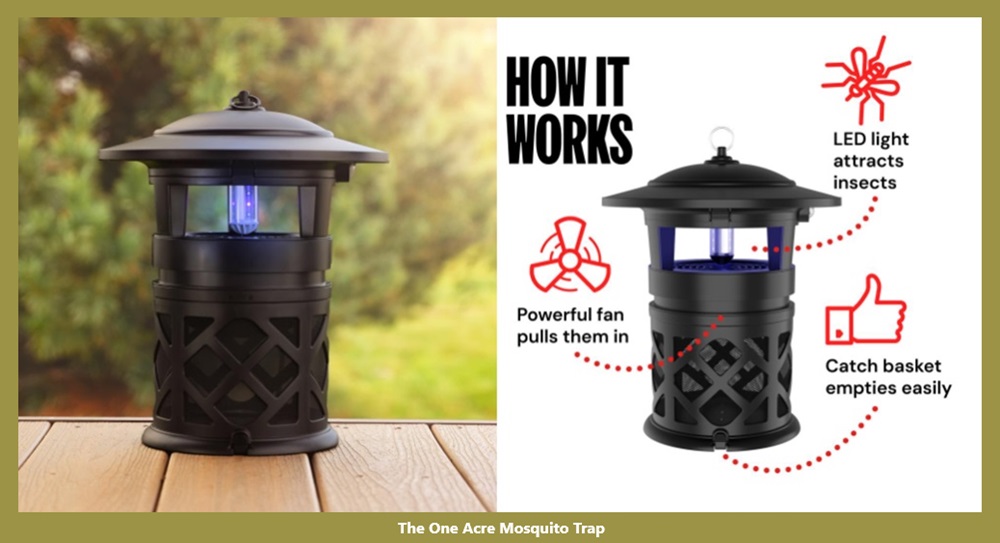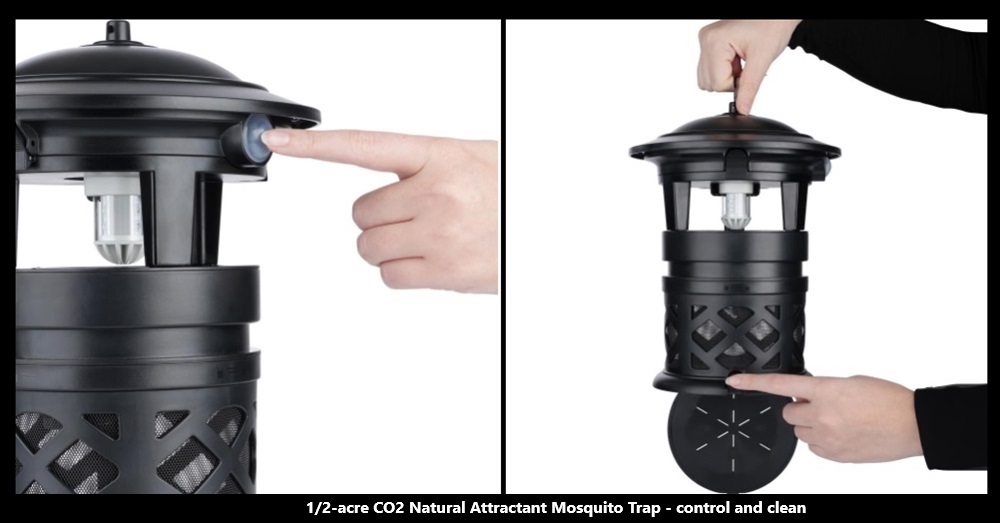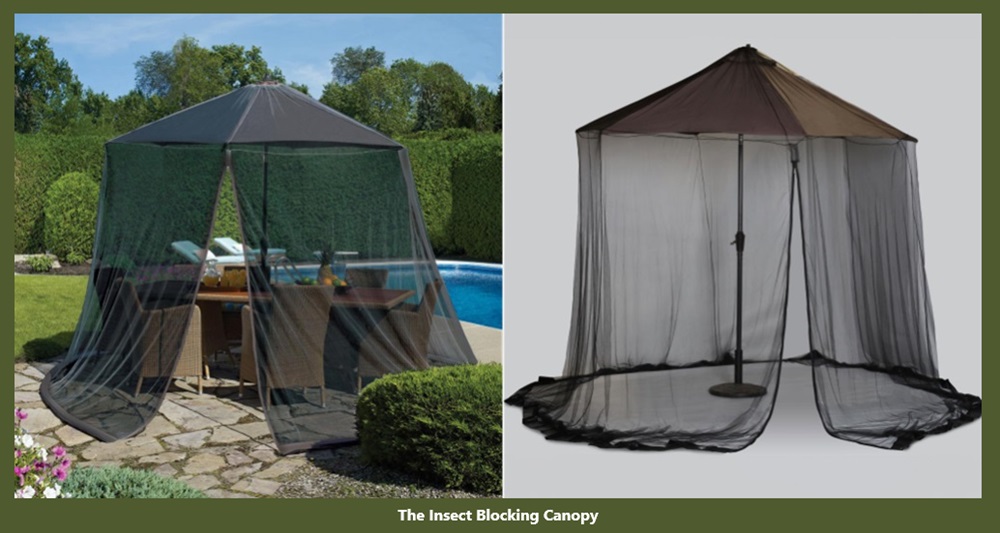
How Mosquito Control Devices Work
Few things can ruin a relaxing evening outdoors or a peaceful night’s sleep quite like the persistent buzz of mosquitoes. Not only are these tiny pests a nuisance, but they also pose serious health risks, transmitting dangerous diseases such as malaria, Zika virus, and West Nile virus.
For anyone looking to enjoy their time both indoors and outdoors without the constant annoyance of mosquito bites, mosquito control devices offer a practical and effective solution.
But with so many different types of mosquito control devices available, how do they actually work? From electric bug zappers to carbon dioxide traps and ultrasonic repellents, each device targets mosquitoes in its own unique way.
In this guide, we’ll explore the various technologies behind these devices, their effectiveness, and how to choose the right one for your home. Whether you're aiming to protect your patio or secure your indoor space, understanding how these tools work will help you make the best choice for your needs.
Why Mosquito Control Is Important
Mosquitoes are more than just an outdoor annoyance—they are considered one of the deadliest creatures on the planet due to the diseases they carry and spread.
These tiny insects are responsible for transmitting harmful illnesses like malaria, dengue, West Nile virus, and Zika, which can have severe consequences for human health. In regions with a high prevalence of these diseases, effective mosquito control can literally be a matter of life and death.
Beyond the health risks, mosquitoes can greatly disrupt daily life. Their bites can cause allergic reactions in some individuals, leading to intense itching, swelling, and discomfort. For people living in areas with warm or tropical climates, or for those who enjoy outdoor activities like grilling or gardening, mosquitoes can turn a pleasant experience into an unpleasant one.
Mosquitoes are also prolific breeders, multiplying quickly and turning small water sources into ideal breeding grounds. This means that even a seemingly minor mosquito problem can escalate rapidly if not properly managed. Controlling the mosquito population in your home or outdoor space can reduce the risk of infestations, protect your family’s health, and improve your overall quality of life.
The importance of mosquito control extends beyond personal comfort—it also has broader economic and environmental impacts. Areas with severe mosquito infestations often see a decline in outdoor tourism and recreational activities, negatively affecting local businesses. Additionally, unchecked mosquito populations can disturb local ecosystems and affect both human and animal inhabitants.
By utilizing mosquito control devices, homeowners and outdoor enthusiasts can maintain a more comfortable and safe environment. These devices help mitigate the risk of bites, reduce the transmission of mosquito-borne illnesses, and allow people to enjoy their surroundings without the constant buzz and bite of these persistent pests.
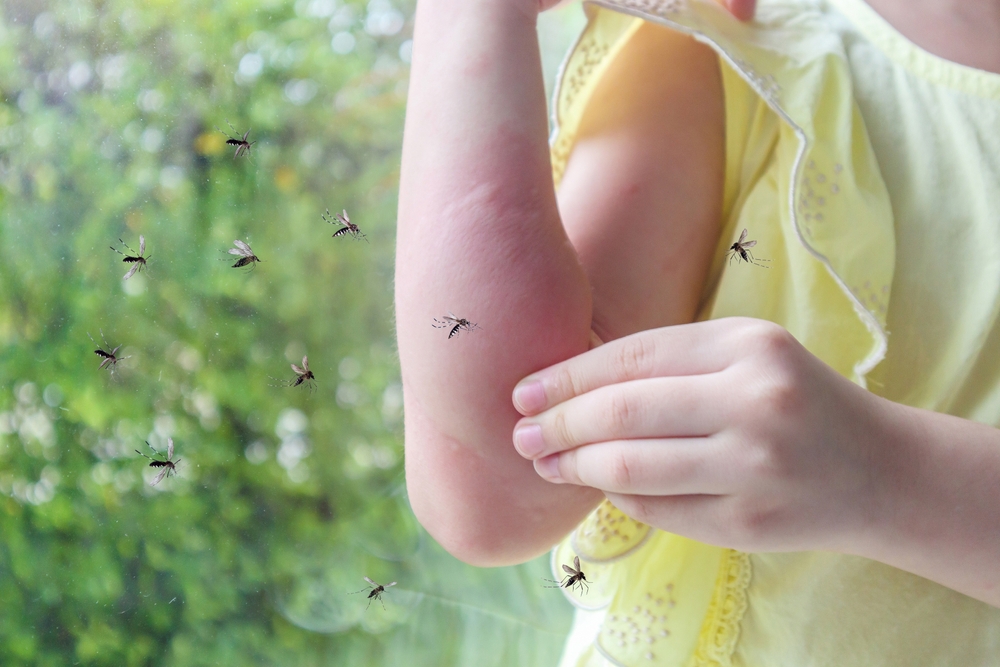
How Different Mosquito Control Devices Work
When it comes to keeping mosquitoes at bay, there are several devices designed to target and eliminate these persistent pests.
Each type of mosquito control device uses different methods to attract or repel mosquitoes, and understanding how they work can help you choose the best option for your home or outdoor space.
Once mosquitoes are attracted to the device, the next step is elimination. Various devices employ different methods to kill or trap mosquitoes effectively.
Below are some of the most popular and effective mosquito control devices available today.
1. Bug Zappers
Bug zappers are a well-known mosquito control option that uses ultraviolet (UV) light to attract mosquitoes. Mosquitoes are naturally attracted to light sources, especially UV light, as it mimics the glow of the moon, which they use for navigation.
Bug zappers use an electrified grid surrounding the UV light. When mosquitoes (or other flying insects) contact the grid, they are instantly electrocuted, killing them on the spot. Hammacher Schlemmer sells a cordless solar-powered bug zapper that turns on automatically at dusk and turns off at dawn to lure mosquitoes.
Bug zappers are easy to use and can cover a relatively large area, making them ideal for outdoor spaces like patios and backyards.
2. The Solar Walkway Insect Zappers
Only available from Hammacher Schlemmer, this is the set of four solar walkway insect lights that simply stake into the ground anywhere in your yard and harness the sun’s energy to efficiently eliminate over 100 varieties of flying insects.
3. CO2 Mosquito Traps
CO2 mosquito traps take a more biological approach, mimicking human breath by emitting carbon dioxide, which mosquitoes can sense from up to 150 feet away. This draws them to the device, thinking it’s a human host.
Once the mosquitoes are lured in, they are either trapped on a sticky surface or sucked into a container, where they eventually dehydrate and die. These traps are particularly effective for large outdoor areas and can reduce mosquito populations over time by preventing breeding.
4. Best of Both Mosquito Control Device
As a combination of both UV lights and traps, this Hammacher Schlemmer product is the trap that attracts and kills mosquitoes across a full acre.
The device uses a LED bulb that emits UV rays to attract flying mosquitoes throughout the day and night. When the insects are drawn inside the device, an integrated fan traps the insects and sends them to a removable compartment, where they die of dehydration.
Unlike propane systems that require frequent refills or electrocution traps that release pathogens when an insect is killed, this mosquito trap does not create harmful biological agents. In addition to mosquitoes, it catches flies, moths, no-see-ums, beetles, wasps, yellow jackets, gnats, and biting midges.
5. Ultrasonic Devices
Ultrasonic mosquito repellents claim to work by emitting high-frequency sound waves that are supposed to drive mosquitoes away. The idea is that these sound waves irritate mosquitoes, causing them to stay out of the area.
While sound-based repellents are marketed as chemical-free alternatives, the effectiveness of ultrasonic devices is still debated, with some studies suggesting they may not be as reliable as other methods.
6. Mosquito Repellent Fans
Mosquito repellent fans disperse chemicals like allethrin into the air. Allethrin mimics the natural repellent properties of chrysanthemum flowers, confusing and deterring mosquitoes from entering the area. The chemical forms an invisible shield, keeping mosquitoes at bay without physically trapping or killing them.
These devices are often portable, making them a great option for camping trips or outdoor gatherings. They provide coverage over a wide area and can work effectively to keep mosquitoes away without the need for physical traps or zapping mechanisms.
7. Mosquito Nets with Embedded Repellent
Mosquito nets are a classic form of protection, particularly in areas where mosquito-borne diseases are common. Modern mosquito nets typically come embedded with insect repellent (often permethrin), providing an additional layer of defense.
These treated nets not only act as a physical barrier to mosquitoes but also release small amounts of repellent to deter them from approaching in the first place. This dual approach is especially useful in areas where sleeping under a net is necessary for protection against mosquito-borne diseases.
Repellent-based devices are typically safer for environments where you want to avoid killing beneficial insects or are concerned about exposure to chemicals. However, they may require more frequent maintenance, such as refilling repellent cartridges or recharging devices.
Each of these devices operates differently, with varying degrees of success depending on the environment in which they’re used. Whether you’re seeking to eliminate mosquitoes completely or simply create a repellent barrier, there’s a mosquito control device suited for every need and situation.
Effectiveness and Limitations
While mosquito control devices can significantly reduce the number of mosquitoes in your environment, their effectiveness varies based on several factors. Understanding the strengths and limitations of these devices will help you choose the right solution for your specific situation.
1. Effectiveness in Different Environments
The effectiveness of mosquito control devices is often tied to the setting in which they are used. For example:
- Bug zappers work well in open outdoor spaces, but may be less effective in areas with dense vegetation where mosquitoes can easily hide. Additionally, they tend to attract and kill many other types of insects, not just mosquitoes.
- CO2 mosquito traps are highly effective in larger outdoor areas, particularly when placed away from human activity. These traps can reduce the mosquito population over time by luring them to their deaths, but they may take several weeks to see a noticeable decline in mosquito numbers.
- Ultrasonic devices, while marketed as suitable for both indoor and outdoor use, have limited scientific support, and their overall effectiveness remains questionable. Studies have indicated that mosquitoes may not respond to high-frequency sounds as advertised.
- Mosquito repellent fans and nets with embedded repellent are generally more effective in confined spaces or areas where physical barriers (like a tent or patio) help to contain the repellent’s coverage. They work best in relatively windless conditions, as the dispersal of chemicals can be disrupted by strong air currents.
2. Coverage Area
Different devices are designed to cover varying amounts of space, and choosing the right one depends on the size of the area you wish to protect.
- Bug zappers can cover medium-sized areas, such as patios or gardens, but are less effective over larger expanses.
- CO2 traps are typically effective over a wide area, making them a good choice for large yards or outdoor events. However, they work best when strategically placed away from human activity to prevent luring mosquitoes toward people.
- The Hammacher Schlemmer Mosquito Control Devices are available in models for different sized coverage.
- Repellent fans provide a localized area of protection, ideal for personal use in smaller spaces like campsites, decks, or backyards.
It’s important to remember that no device will protect an entire property on its own; in larger areas, multiple devices or a combination of methods may be required.
3. Maintenance and Longevity
The long-term success of mosquito control devices often depends on how well they are maintained. For instance:
- Bug zappers and other trap-devices need periodic cleaning to remove dead insects from the electric grid to ensure continued performance.
- CO2 traps require refills of carbon dioxide canisters or attractant lures, which may add to ongoing costs.
- Repellent fans require frequent cartridge or chemical replacements, depending on usage.
- Ultrasonic devices, though low-maintenance, typically don’t provide the long-term results consumers expect, requiring you to supplement them with other methods.
Without proper upkeep, even the most effective devices may lose their ability to reduce mosquito populations.
4. Environmental Impact
While mosquito control devices are a practical way to keep mosquitoes at bay, they come with varying levels of environmental impact.
- Bug zappers typically attract and kill a wide range of insects, including beneficial species like moths and beetles, which can disrupt the local ecosystem.
- CO2 traps and repellent fans tend to have minimal impact on non-target species when used correctly, but care should be taken to avoid excessive use of chemical repellents, especially in sensitive environments like gardens or near pets.
- Mosquito nets with embedded repellent offer a low-impact solution, particularly when treated with natural or biodegradable repellents, making them ideal for eco-conscious consumers.
Additional Reading: 5 Chemical Free Ways to Keep Bugs at Bay
5. Safety Considerations
Some mosquito control devices use chemicals or electric components that may not be suitable for all households, particularly those with small children or pets.
- Bug zappers with exposed electric grids can pose a risk of accidental shock, although many models are designed with safety features to prevent contact.
- Repellent fans that emit chemicals like allethrin are generally safe in well-ventilated areas, but may not be ideal for use around infants, people with respiratory conditions, or certain pets.
- CO2 traps are usually safe but should be handled carefully to avoid excessive carbon dioxide exposure in small, enclosed spaces.
Weighing the pros and cons of each device will help ensure you choose one that works effectively and aligns with your household’s safety and environmental needs.
Conclusion
Mosquito control is an essential part of maintaining a comfortable and safe outdoor environment. With the range of mosquito control devices available today, from bug zappers and CO2 traps to ultrasonic repellents and treated nets, there’s a solution for every need.
Understanding how these devices work, their effectiveness, and potential limitations will help you make an informed decision on the best way to protect your home and family from these pesky and potentially dangerous insects.
Whether you’re looking to prevent disease or simply enjoy your time outdoors without constant buzzing and biting, investing in the right mosquito control device can make all the difference.
If you’re ready to take back control of your outdoor space, explore the selection of mosquito control devices available at Hammacher Schlemmer. Our carefully curated range of bug zappers, traps, and repellent solutions can help you find the perfect device to suit your needs.





